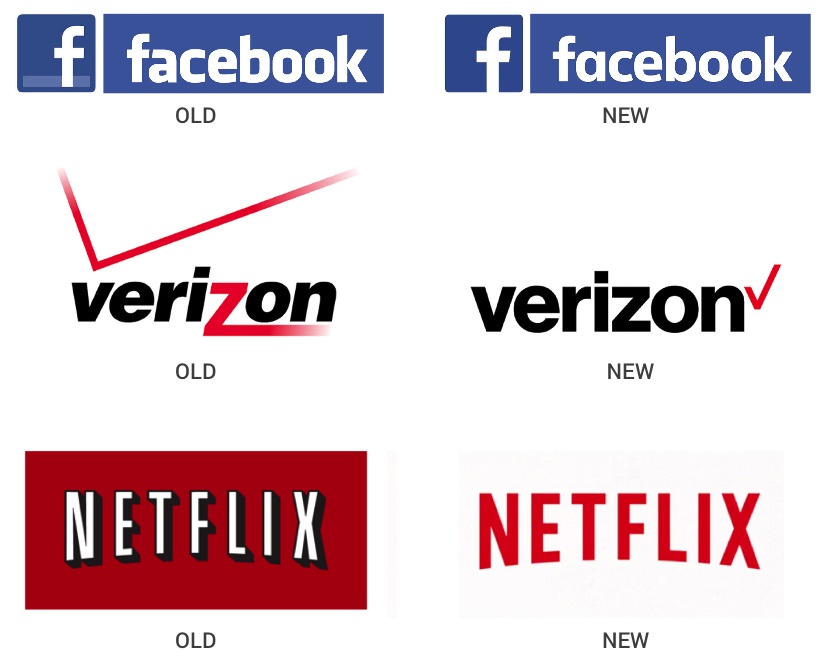At LMD, we don’t shy away from the tough questions. Here’s one of the toughest questions we ask our clients when they are considering a rebrand: “Does your company’s brand accurately represent your culture, purpose, and promise?”
Rebranding shouldn’t be taken lightly. It’s expensive (think of all signs and swag that will need new logos), time-consuming (the road to rebranding is paved with many meetings), resource-intensive (cross-functional teams rule!), and, potentially, emotionally draining (expect to do some serious organizational soul searching and deep thinking).
So, you must answer this question with brutal honesty. If the answer is yes, congratulations! You can save your time, budget, and energy for promoting your rock-solid, instantly recognizable, fully aligned brand. If the answer is no, you’ve got some rebranding work to do.
Keep in mind, your brand represents your customers’ relationship with your company. It includes messaging, look-and-feel, customer experience, and culture. In this article we’re going to focus on just the one aspect of your brand, the one that becomes your company’s badge and seal of quality—your logo.
Rebrand or brand refresh—what’s the difference?
Maybe what you need isn’t a rebrand, it’s a refresh of your existing brand identity. At its core, your brand is still aligned with your philosophy, business strategy, and product offerings, but your brand identity no longer resonates with your target audiences the way it once did. A brand refresh evolves your logo and brings it up-to-date with design trends. Here are a few examples of brand refreshes from companies you may have heard of.

A rebrand, on the other hand, is in order when things are seriously out-of-whack: nothing about your brand—logo, position, or message—aligns with your organization’s business objectives and offerings.
Three signs that a rebrand may be in your future:
1. You’re not who or what you used to be.
Chances are that your organization is a lot different than it was the day it was founded—or even a decade ago—because the pace of change in technology has accelerated organizational change across the board. If your logo doesn’t reflect your current mission, services, target audiences, philosophical approach, or some or all of the above, it’s time for a rebrand. A good example is Time Life—a direct-to-consumer company that specializes in nostalgic entertainment, such as music and vintage television shows. To make the transition to a broader “entertainment experience” company, LMD helped Time Life position itself for a complete transition to StarVista Entertainment with a new brand identity and brand strategy.

2. You want to attract a totally different type of customer.
If your company has had great success in one target audience—say, Baby Boomers—and sees potential to expand into another target audience—for example, Millennials—a rebrand can help you attract new audiences without losing your core customers. LMD recently worked with Lizzy James, a jewelry company, to rebrand itself with a logo and look-and-feel that appeals to both older and younger consumers.

3. You’ve earned a nickname.
Way back when, FedEx was Federal Express, IBM was International Business Machines, GE was General Electric, and P&G was Procter & Gamble. Each company remained the same at its core—that is, there were no substantial change in objectives, mission, audiences, or offerings—consumers just shortened the name and hence, some of the world’s most famous rebrands were born. Case in point, LMD recently worked with Damascus Community Bank on its rebrand to DCB - Your Community Bank.

To rebrand or not to rebrand?
Don’t rebrand because you woke up this morning and decided that the blue in your logo reminds you of the ugly tile in your bathroom before you remodeled. Rebranding your business should be a meticulous, well planned process. Once you’ve done all the hard work of research, audience segmentation, positioning, and message development, you can plan for a visual rebrand as part of a coordinated launch. Or, you can simply contact LMD and we’ll do all the heavy lifting for you—from planning to implementation (yes, we make it feel that easy).

